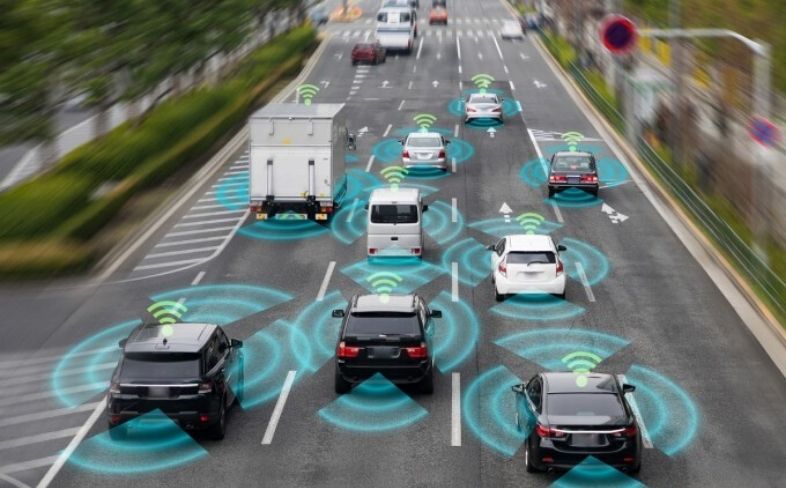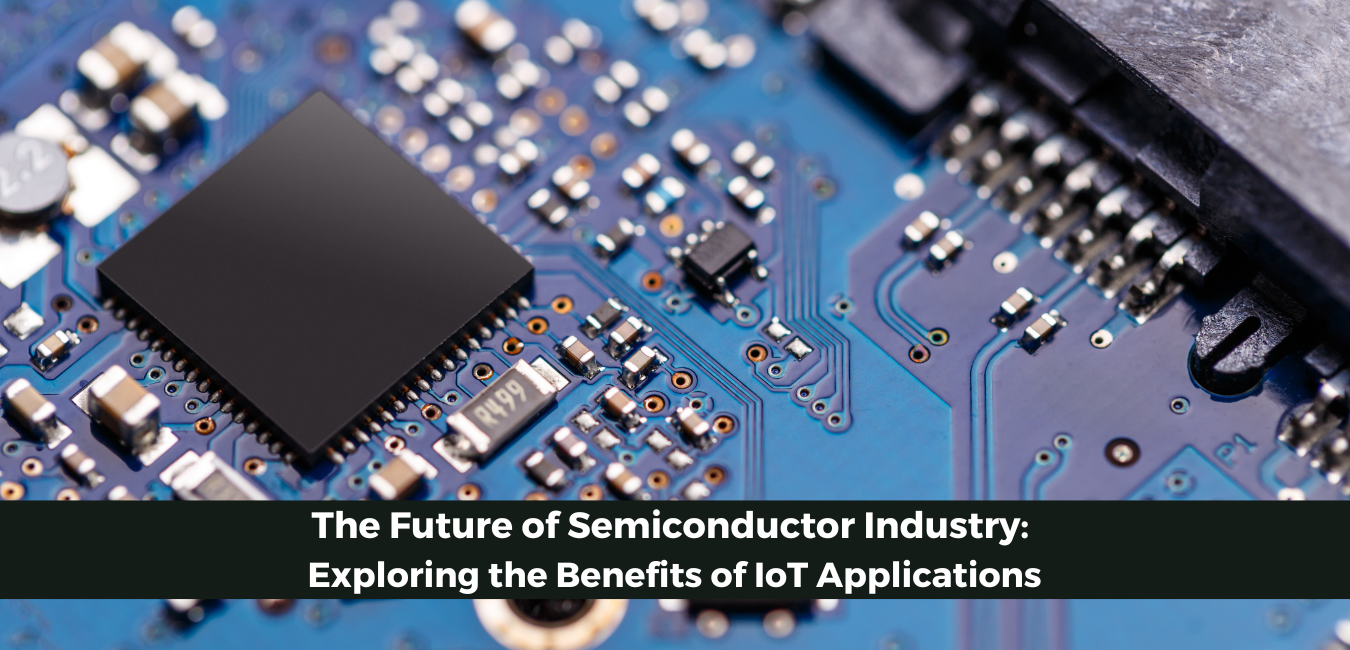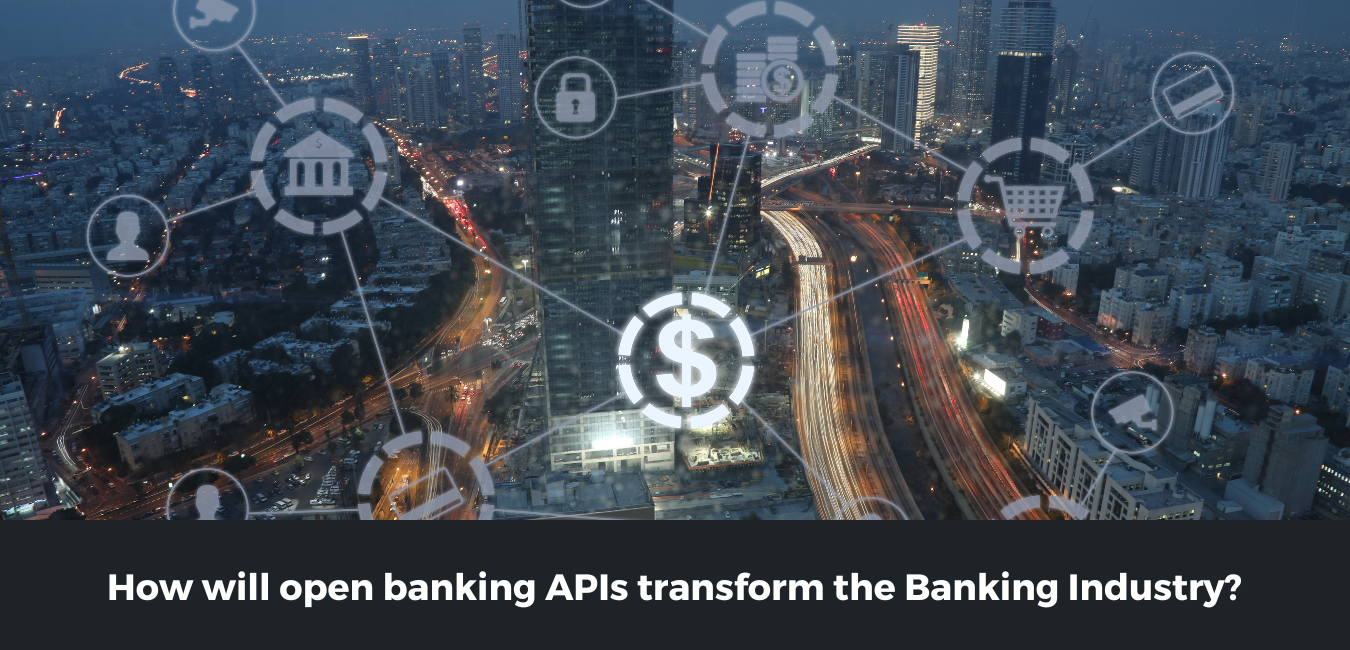AI Enabled Transportation - Disrupting and Optimizing the Future Mobility

Transport in developing or emerging markets often faces severe challenges due to growing populations, urbanization, poor infrastructure, and rising prosperity in some regions, increasing cargo volumes, vehicle traffic, and pollution. Artificial intelligence (AI) offers new solutions to these challenges by making market entry more comfortable and allowing countries/geographies to reach underserved populations, creating market opportunities and private sector investment opportunities associated with them.
AI is changing the transport sector completely from helping cars, trains, ships, and airplanes function autonomously, making traffic flows smoother is already applied in numerous transport grounds. Beyond making consumers' lives easier, it can help make all transport modes safer, smarter, cleaner, and more efficient. AI-led autonomous transport could reduce the human errors involved in many traffic accidents and traffic congestions. However, these opportunities come with real challenges, including unintended consequences and misuses such as cyber-attacks and biased transport decisions. There are also consequences for employment and ethical questions regarding liability for AI decisions in humans' place.
Considering the geographies, the EU is taking initiation to adapt its regulatory framework to new developments to supports innovations while at the same time ensuring respect for fundamental rights and values. The measures already taken include general strategies on artificial intelligence (AI) & machine learning (ML) and rules that keep the technologies enabling its transportation section application. Besides, the EU provides financial support, in particular for research.
"AI is Making Transport Safer, Cleaner, More Reliable, and Efficient in the Emerging Markets"
AI Enabled Transportation: Market Dynamics
According to the US Transportation Research Board, the developing AI applications in transportation planning are in behavioral travel models, city infrastructure design and planning, and demand modeling for cargo and public transport. For instance, AI-enhanced demand and forecast modeling in road freight transportation management aimed to enhance the domestic public transportation infrastructure.
Although one restraint for adopting AI in transportation planning applications is that connected transportation infrastructure will also raise safety concerns about individuals' privacy and data safety. Government and legal regulations regarding these ethical considerations will dictate the pace of innovation and adoption in the global industry over the predictable period.
COVID-19 Impact on Transportation Sector
The COVID-19 pandemic has strongly hit global transportation sector. With ridership significantly down, operators in developing cities will have to face difficult future viability questions. The appropriate response must plan for contingencies, but never forget the value of shared transit in the process of economic development.
Applications of artificial intelligence (AI), intelligent transportation system (ITS), and internet of things (IoT) can tackle commuter safety issues of the transportation system. It can also reduce human-to-human transmission and prevent cluster outbreaks in public transportation systems by monitoring adherence to COVID-specific norms while improving efficiency and ease of monitoring.
AI models instances into the transport sector
1. Artificial Neural Networks (ANNs)
Description: They are enthused by the neural networks found in the human brain. They use previous experience and data points with varying weights to make decisions. It handles complex and challenging issues as they operate with large amounts of data and detect non-linear relationships.
Uses: Automotive Global Position Systems (GPS) use ANN to determine the mode of transportation based on the information collected from a GPS, accelerometer, and magnetometer. This algorithm is derived from several data points and factors. Moreover, ANN models can also be used in public transportation to predict buses' arrival times at stop areas.
2. Artificial Immune System (AIS)
Description: This algorithm takes its inspiration from human biology; specifically, how human bodies react to disease-causing agents known as antigens. AIS models feature extraction, pattern recognition, learning, and memory of human immune systems.
Uses: AIS is useful for pattern recognition, anomaly detection, clustering, optimization, planning, and scheduling. Engineers have used AIS to create a real-time regulation support system to help public transportation networks to find the most appropriate solutions when the network experiences a disturbance.
Others include the Fuzzy Logic Model, Ant Colony Optimizer (ACO), and Bee Colony Optimization (BCO).
AI Enabled Transportation: Investment Opportunities
E-logistics is one of the most favorable areas for immediate investment opportunities that mainly involve AI applications in the transportation sector. Poor roads, suboptimal truck utilization, unreliable tracking, routing, and a lack of transparency in cargo movement hinder the global market's traditional logistics efficiency. Many new startups have been utilizing technology, including AI, to solve the efficiency and reliability issues that the conventional logistics industry faces, introducing data analytics and optimization to lower costs.
Known as e-logistics companies, the services these startups specialize in intend to fall into three categories:
- Transportation data enablers, which provide platform-as-a-service offerings to improve transportation/location services
- Long-haul/inter-city transportation, which usually aggregates truckers and shippers to facilitate the movement of goods across cities through a digital platform
- Last-mile/intercity transportation, which aggregate local delivery drivers and SMEs/e-commerce companies for last-mile delivery solutions within cities
AI Enabled Transportation: Current Applications
There are few instances of current applications of AI in the transportation industry below:
1. Public Passenger Transportation
Leveraging AI in transportation supports the sector by enhancing passenger safety, reducing carbon emissions, reducing traffic congestion & accidents, and minimizing the overall financial expenses.
Companies - Olli by Local Motors
2. Autonomous Trucks
The transportation sector is primarily witnessing environmental challenges and stricter emission regulations from various government regulatory bodies. According to the International Transport Forum (ITF) report, it claims that autonomous trucks will save costs, lower emissions, and improve road safety compared to traditional trucking with human drivers.
Companies - Uber Advanced Technologies Group, TuSimple
3. AI Applications in Railway Cargo Transportation
Transportation has made a concerted effort toward applying AI in the transportation segment. AI brought 'intelligent' locomotives that aimed to improve efficiency (which translates to rail transport solutions' economic benefit).
Each AI-based smart freight locomotives are equipped with sensors, including cameras that capture track, front and back, and locomotive cab. The sensors' data is fed to machine-learned analytic applications that aggregate the data right there on the edge gateway, enabling onboard real-time decision-making.
Companies - GE Transportation, Hitachi
Conclusion
AI holds the promise of dramatically increasing productivity and efficiency in several sectors, including transportation. AI is already helping to make transportation safer, efficient, cleaner, and reliable. Some smart applications include drones for quick life-saving medical deliveries, smart traffic systems that reduce congestion & emissions, and driverless vehicles. With great potential to increase efficiency and sustainability, among other benefits, comes a host of socioeconomic, institutional, and political challenges that must be addressed to ensure that countries and their citizens can all harness AI's power for economic growth and shared prosperity in the global transportation sector.








